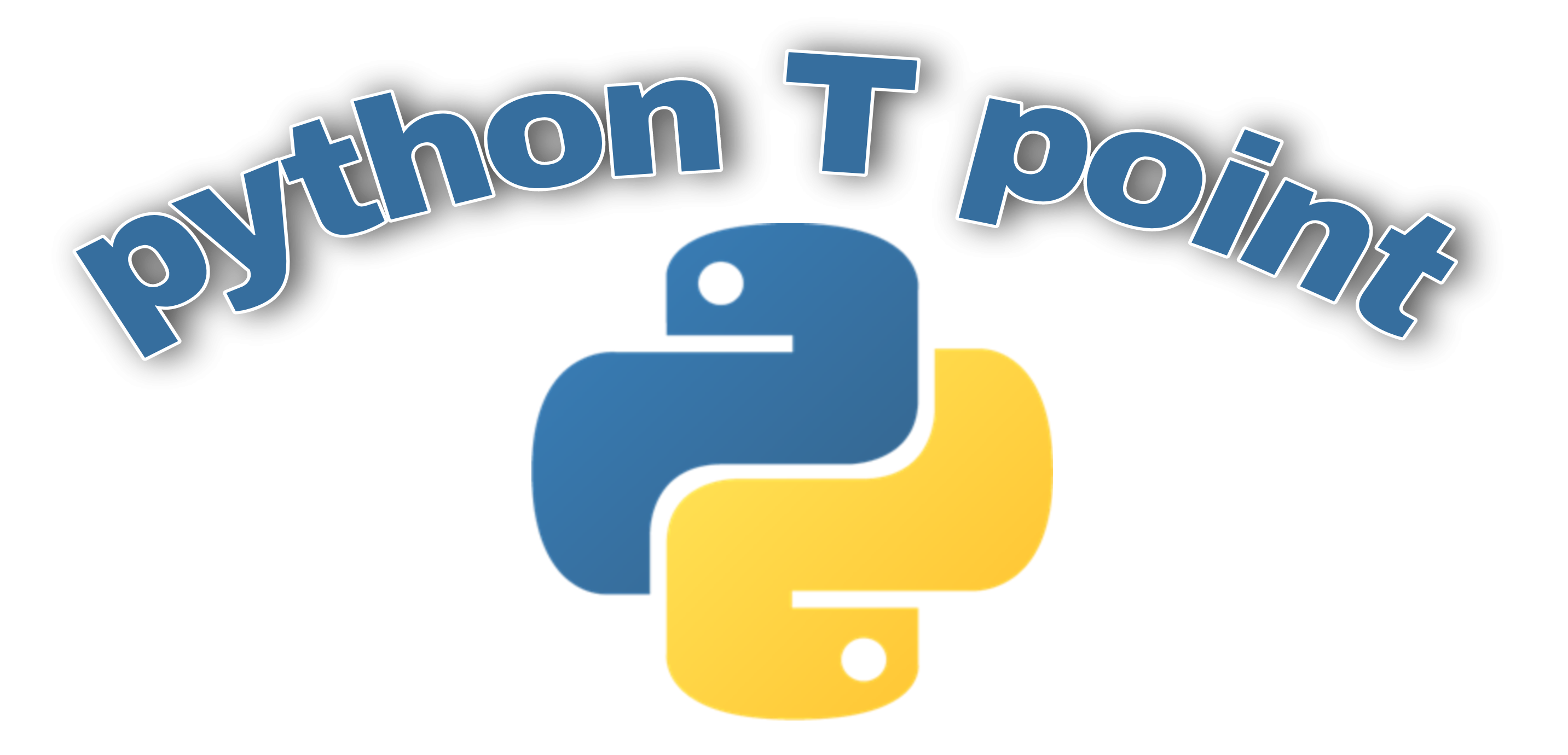In this Python tutorial we will learn about Python Sets and we will also cover different examples related to Python Sets.
Python Set
In Python set is an unordered group of datatype that is mutable and has no duplicate elements. In sets the order of the elements are unspecified and the sets are different to a list
Example:
In the following code, we will creating the set with the use of a string, with the use of constructor and with the use of a list.
# Python program to demonstrate python set
# Creating a Set
setpy = set()
print("Blank Set: ")
print(setpy)
# Creating a Set with the use of a String
setpy = set("Pythontpoint")
print("\n Set with the use of String: ")
print(setpy)
# Creating a Set with the use of Constructor
# Using object to Store String
Strng = 'Pythontpoint'
setpy = set(Strng)
print("\n Set with the use of an Object: " )
print(setpy)
# Creating a Set with the use of a List
setpy = set(["Python", "t", "point"])
print("\n Set with the use of List: ")
print(setpy)Output:
After running the above code we get the following output in which we can see that the set are created with the use of a string, constructor, and list.

Github Link
Check this code in Repository from Github and you can also fork this code.
Github User Name: PythonT-Point
Creating a Set
In Python the set are created by using the set() function with a sequence and this sequence can be placed inside the curly braces and separated by commas.
Example:
In the following example we are creating the sets by using the set() function with a sequence and the sequence are placed inside the curly braces and separated with commas.
# Creating a Set with a List of Numbers
# Having duplicate values
pyset = set([2, 3, 5, 5, 6, 6, 6, 7, 4])
print("\n Set with the use of Numbers: ")
print(pyset)
# Creating a Set with a mixed type of values
# Having numbers and strings
pyset = set([2, 3, 'Python', 5, 't', 7, 'point'])
print("\n Set with the use of Mixed Values")
print(pyset)Output: After running the above code we get the following output in which we can see that the set is created.

Read: Python Dictionary
Adding elements to Python Sets
The element can be added in the python set by simply using the add() function. We can add one element at a time by using the add() function. If we want to add multiple element then we can use loop with the add() function.
Example:
In the following set we are adding the elements by simply using the add() function. By adding the add the elements for creating the sets.
# Python program to demonstrate
# Addition of elements in a Set and Creating a Set
pyset = set()
print("Blank Set: ")
print(pyset)
# Adding a element and tuple to the Set
pyset.add(6)
pyset.add(7)
pyset.add((4, 5))
print("\nSet after Addition of three elements: ")
print(pyset)
# Adding elements to the set using iterator
for x in range(2, 5):
pyset.add(x)
print("\n Set after Addition of elements from 2-5: ")
print(pyset)Output:
In the following output we can see that the elements are added in the set and printed on the screen.

Accessing elements to Python Sets
In python the sets are unordered and the item has no index and not accessed by referring to an index. In set the For loop can be used for loop through the set item.
Example:
In the following code we are accessing the elements in a set and creating a set by using the set() function.
# Python program to accessing of elements in a set
# Creating a set
setpy = set(["Python", "t", "point"])
print("\nInitial set")
print(setpy)
# Accessing element using for loop
print("\nElements of set: ")
for x in setpy:
print(x, end=" ")
# Checking the element using in keyword
print("python" in setpy)Output:
After running the above code we get the following output in which we can see that the set are created by accessing the elements.

Read: Python Strings
Removing elements from Python Sets
The python the element can be remove from the set by remove() function. If the element does not exist in the set the error should be arise.
Example:
In the following code we are deleting the element in a set by simply using the delete() function and creating a set.
# Python program to demonstrate delete elements in a Set
# Creating a Set
pyset = set([1, 2, 3, 4, 5, 6,
7, 8, 9, 10, 11, 12])
print("Initial Set: ")
print(pyset)
# Removing elements from set using remove() method
pyset.remove(6)
pyset.remove(8)
print("\nSet after Removal of two elements: ")
print(pyset)
# Removing elements from set using discard() method
pyset.discard(9)
pyset.discard(10)
print("\nSet after discarding two elements: ")
print(pyset)
# Removing elements from set using iterator method
for x in range(2, 6):
pyset.remove(x)
print("\nSet after Removing a range of elements: ")
print(pyset)Output:
After running the above code we get the following output in which we can see that the elements are deleted and the set are created.

So, in this tutorial, we have learned about the Python Sets and we have covered all these topics.
- Python Set
- Creating a Set
- Adding elements to Python Sets
- Accessing elements to Python Sets
- Removing elements from Python Sets
Do follow the following tutorials also:

Comments are closed.